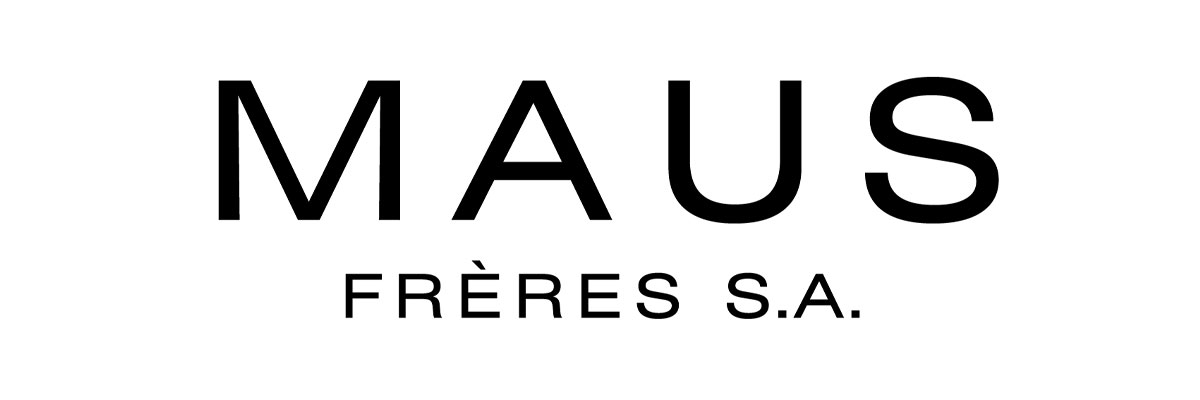How TeamMate+ and Integrated Analytics Helps Maus Frères Fulfill Their Mission
Maus Frères is a company with a long history in the retail sector, focusing on quality products, client comfort and satisfaction, and always looking forward. Internal audit is no exception, explains Frédéric Cottens who heads the small internal audit team.
Trend spotters
Fashion has to move fast to stay ahead of trends, so it is no surprise that the small internal audit team at retail group Maus Frères constantly strives to develop its service to keep up with the pace of change in the business and its global environment. The group, which includes international brands such as Lacoste, Gant, Aigle and The Kooples, as well as supermarkets, restaurants and department stores, is run by descendants of those who founded it in 1902. However, its systems and processes are very much 21st century.
“I inherited a small, but nimble team that used an in-house internal audit tool,” explains Frédéric Cottens, who joined the team in 2015 and has led it since 2018. It was a forward-thinking function and already employed a data scientist in addition to Cottens and four internal auditors. The team is quite closely aligned with their business colleagues and was aware that their legacy tools would not allow them to keep pace with the needs of a global organization.
“The system worked well for a long time, but lacked agility,” Cottens explains. “We had the challenge of keeping up with a rapidly changing business and our auditees’ expectations, as well as the increasing speed with which internal audit practice is evolving, with a tool that functioned, but was static. It also didn’t support communication with auditees, so much of this was done by email, which made extra work for both sides.”
The need for speed
Cottens realised that they would struggle to meet this challenge with their existing tool. “Our business is agile in its mindset and in the way it reacts quickly and effectively to emerging issues,” he says. “Our team is open, responsive and flexible, but the tool we were using didn’t optimise this responsive attitude or our desire to change, to adopt new ways and to meet emerging risks. So, the team was ready, but we didn’t have a tool that enabled us to move on to the next level.”
In particular, he needed to find a solution that would facilitate communication from planning and risk assessment down to gathering audit intelligence and reporting and following up actions. After conducting an annual risk assessment and planning process, Cottens revises this plan continuously in response to emerging needs, so he is in regular contact with senior management and constantly monitors shifting risks. This requires close personal relationships with the management.
“It’s vitally important to know senior management’s view of the business and the risks they are concerned about as well as the ones that we think are important,” Cottens says. “They are the ones actually working out there and their perception of risks and the business environment is crucial for us.”
When organisations around the world locked down in response to Covid-19, Cottens seized this opportunity. He asked the team’s newest recruit, who was experienced with IT, to research the internal audit solutions available and draw up a list, so that he could review the options and establish his requirements.
One of the most important issues was that the new system had to be scalable: it needed to work across multinational, disparate brands with different IT systems in multiple jurisdictions, however it also had to be operated easily by a small team with limited resources and without specialist IT experience. This narrowed the field.
Cottens considered eight solutions that ranged from packages devised for small internal audit teams to those providing fully automated systems for global conglomerates. “I found that many large solutions couldn’t be implemented across all our group entities because we used a variety of IT systems, while the smallest tools were not suitable to support a large organization,” he says.
Once the team identified TeamMate+ as their preferred option, he had to create a business case. “I could see that it had the capabilities we needed but could be set up with minimal input and was highly scalable. This was essential, because we had our normal jobs to do, and the implementation could not impose too heavy a burden on a small team.”
Rapid response
The team began work on the implementation in December 2020 and went live in January 2021. Cottens says it went well and adds that when he had queries or snags their contact at Wolters Kluwer TeamMate went out of their way to sort issues out quickly and find answers.
“I appreciated that we could have frank conversations after the initial implementation about what didn’t quite work for us in practice and we got help and could discuss ways to improve how the system works in future,” he says.

